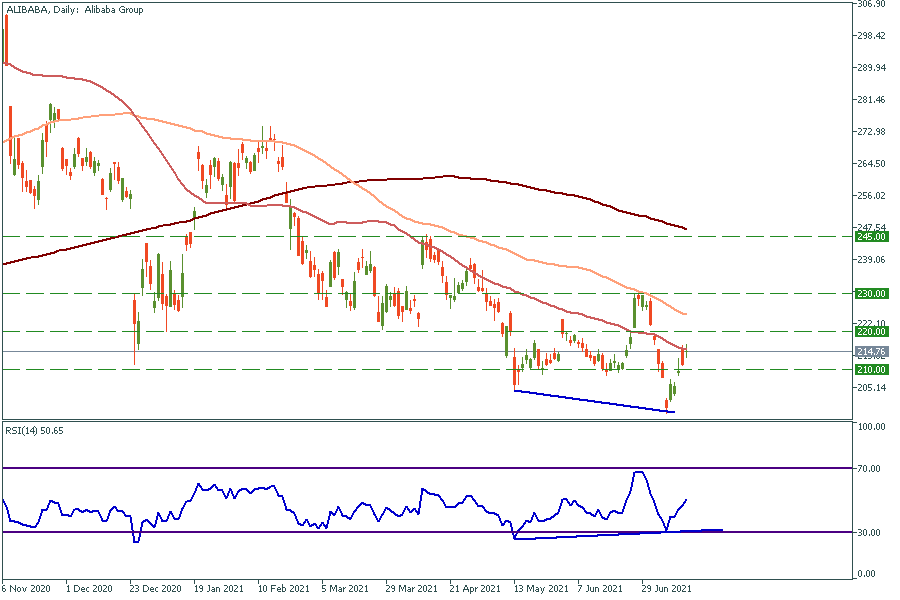China: the Worst Has Passed?
China released GDP: good or bad?
15 July, China released the data about the national gross domestic product. GDP growth in the 2nd quarter of 2021 was 7.9% comparing with the same period of 2020. The growth rate in the 2nd quarter was slower than the 18.3% growth registered in the 1st one. This fact describes how much the Chinese economy had suffered from COVID-19. Rapidly recovered China’s economy basically reaches pre-covid trend.
The growth rate of the world's 2nd largest economy has slowed down. However, it is still on track to reach 6% annual growth. Retail sales in June rose 12.1% year over year, which means that people are still spending money, mostly on restaurants and catering services. At the same time, the production of steel and cement decreased in June from the previous month. The combination of these factors suggests that China’s economy is going to rely more on consumer demand. This fact fueled optimism that China’s economic growth is becoming more balanced.
How about COVID-19?
On Wednesday, the National Health Commission reported that the country has vaccinated at least half of its population at least with one dose as 1.4 billion vaccines have been used. For now, the main goal of China’s anti-Covid-19 campaign is the vaccination of teenagers between 12 and 17 years old by the end of October. As the National Health Commission reports the main goal is to vaccinate at least 70% of the population by the end of the year.
What does it mean for traders?
As China’s economy is 2nd largest in the world it makes a significant impact on the number of assets from the trader’s list. First, the growth of China’s economy has a significant impact on the oil demand in the world.
Second, China is the main export destination for goods from Australia and New Zealand. Chinese economic growth increases the demand for key goods from these countries which leads to an increase in capital flow and respectively forms a tendency for AUD and NZD to appreciate against a basket of currencies. Last but not the least, traders from all over the world use HK50 and Alibaba stocks to invest in China’s economy. Let’s check what is going on with these assets in the next paragraph!
Technical analyses of HK50 and Alibaba stock price.
On the daily HK50 chart, the bullish flag has occurred. The price bounced off the bottom line of the flag and broke through the 200-day moving average. Right now, it is heading towards the top line of the flag, which is 29100. If the price breaks this resistance level the target will be 31000. This is a great opportunity to open a long position! On the flip side, in case the price breaks the support level of 26900, it will aim towards 24900.

On the daily Alibaba chart, bullish convergence was formed. The price is trying to cross the 50-day moving average. In case it happens, the first target price will be $220, which is the approximately 100-day moving average. If the impulse is strong enough, it will hit the next targets of $230 and $245 quickly. The $210 level is a great choice for a stop loss.
